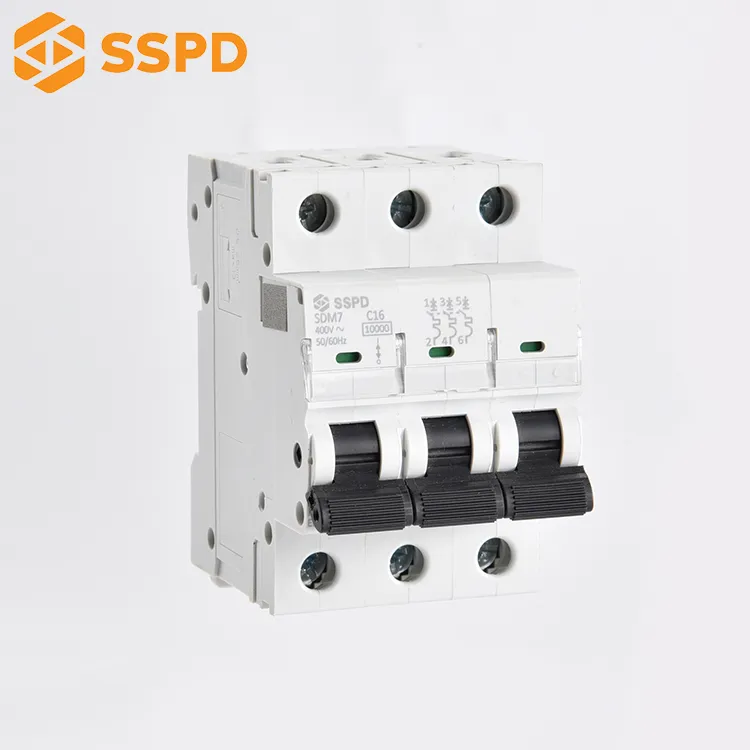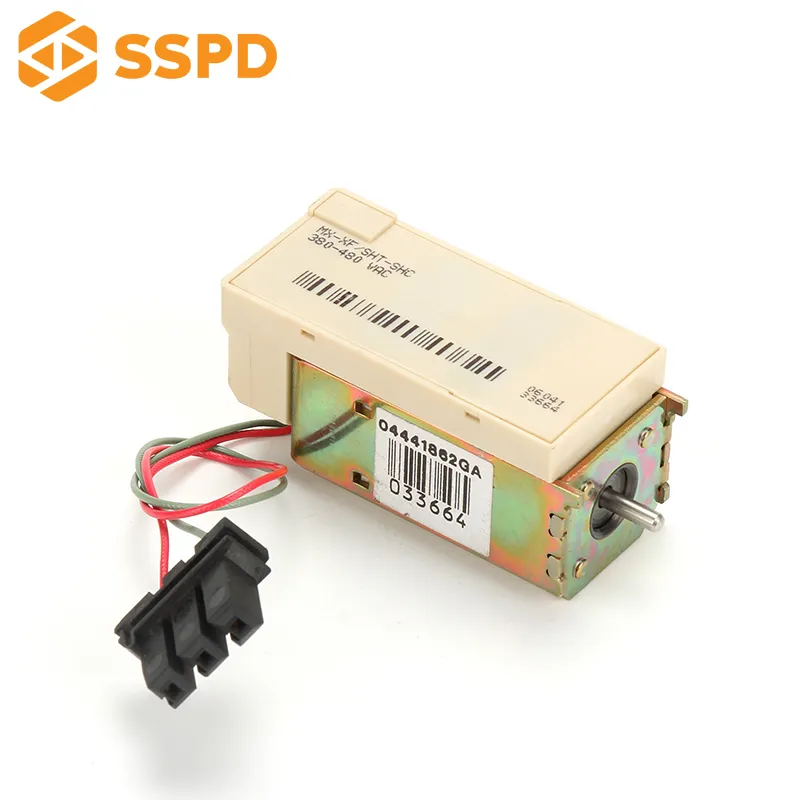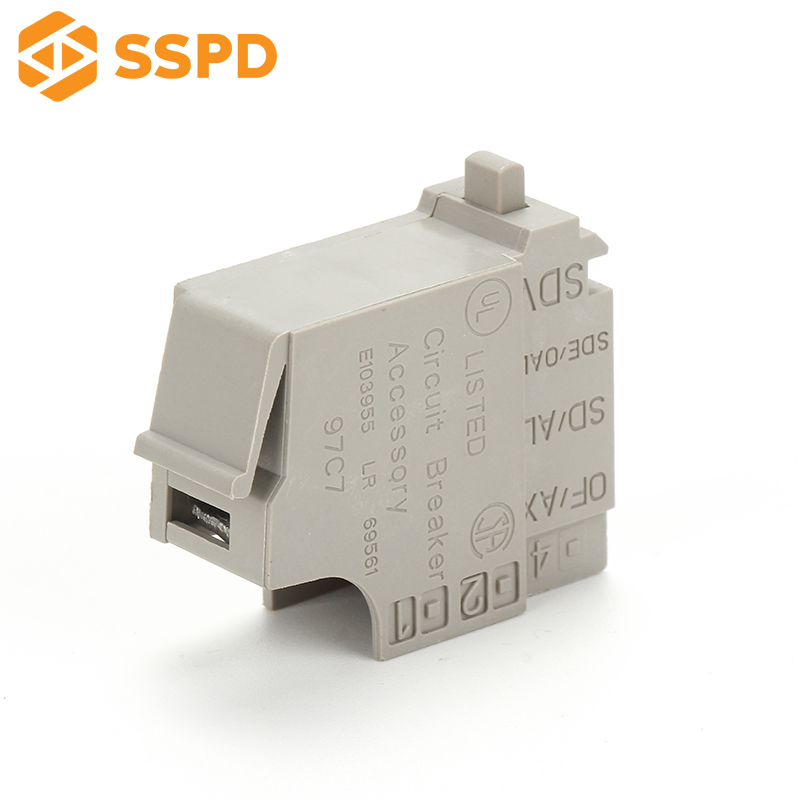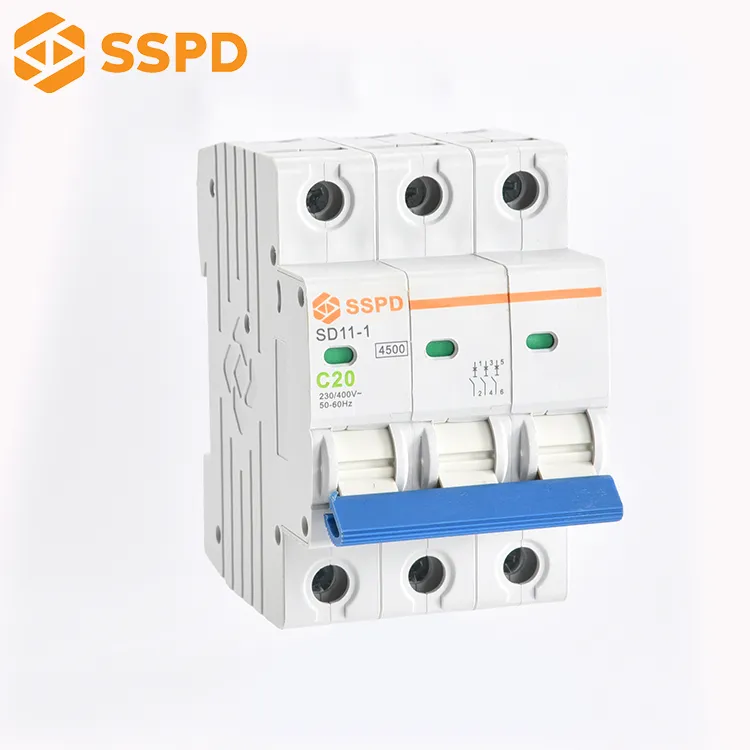Air Circuit Breakers (ACBs) are protective devices used in electrical systems to prevent damage caused by overcurrent, short circuits, and electrical faults. Unlike other circuit breakers, ACBs use air as an insulating medium to extinguish the arc that occurs when electrical contacts open. These breakers are critical in high-voltage environments, where they help maintain the stability and safety of power systems. ACBs are commonly used in industrial, commercial, and power distribution applications, ensuring the protection of equipment such as transformers, generators, and motors. Their ability to detect and interrupt power in fault conditions makes them an essential component for any electrical installation.
Why is Air Circuit Breaker so important?
In industrial and commercial environments, electrical hazards can lead to catastrophic damage. Without a reliable protection system, equipment failure, and fires are inevitable. Air Circuit Breakers (ACBs) prevent such disasters by automatically cutting off power during overloads or faults. Read on to discover why ACBs are essential for safeguarding your systems.
How does Air Circuit breaker work
Air Circuit Breakers (ACBs) operate by using air to extinguish the electric arc formed when the breaker contacts open, preventing the current from flowing. They provide reliable protection for electrical circuits by monitoring voltage and current levels, automatically tripping when the current exceeds safe thresholds.
Stay with us to explore the crucial elements of ACBs, their functions, and how to choose the right one for your needs.
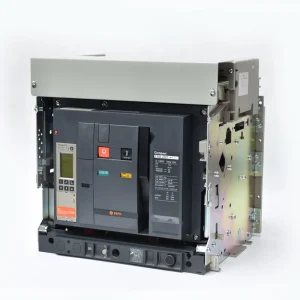
What are the components of ACB?
Air Circuit Breakers consist of several key components that contribute to their effectiveness. These include the **operating mechanism**, **contacts**, **arc extinguishing chamber**, **trip unit**, and **frame**. The operating mechanism enables the breaker to open and close, while the contacts connect and disconnect the circuit. The arc extinguishing chamber uses air to quench electrical arcs during operation. The trip unit is a protective relay that detects faults, while the frame houses and supports all components. These combined elements ensure the ACB works reliably and protects electrical systems efficiently.
How do I choose ACB rating?
Choosing the correct ACB rating is vital to ensuring that the breaker performs effectively for your system’s needs. The key factors to consider are the **current rating**, **voltage rating**, and **interrupting capacity**. The current rating should match the maximum load of your electrical system, while the voltage rating ensures compatibility with the system’s voltage. The interrupting capacity defines the ACB’s ability to safely disconnect circuits during short circuits or overloads. Selecting an ACB with the appropriate rating prevents equipment damage and minimizes the risk of electrical accidents.
Applications of Air Circuit Breaker
Air Circuit Breakers are widely used in industries, commercial buildings, and power distribution networks. They protect electrical equipment such as **transformers**, **generators**, **switchgear**, and **motors** from overloads, short circuits, and other fault conditions. Additionally, ACBs are deployed in **high-voltage substations** to ensure the safe operation of electrical systems. Due to their reliability, they are favored in applications where frequent maintenance is impractical, and high levels of protection are needed.

Types of Air Circuit Breaker
Air Circuit Breakers come in different types depending on their application and design. These include **standard ACBs**, **molded case ACBs**, and **power ACBs**. Standard ACBs are used in general applications with moderate current ratings, while molded case ACBs are compact and designed for smaller spaces. Power ACBs are used in high-power applications requiring a high interrupting capacity. Choosing the right type depends on factors like load size, space limitations, and the specific requirements of the electrical system.

Which coil is used in ACB breaker?
ACBs use two primary types of coils: **electromagnetic coils** and **thermal coils**. **Electromagnetic coils** are responsible for tripping the breaker in the event of a short circuit by generating a magnetic field. On the other hand, **thermal coils** monitor the current over time and trip the breaker if an overload condition is detected. The combination of these two coils provides precise protection, ensuring that the ACB functions effectively in various fault conditions.
Conclusion
Air Circuit Breakers are crucial for ensuring the safety and longevity of electrical systems. Their ability to quickly detect faults and interrupt power minimizes damage and prevents dangerous accidents.
Shendian Electric: Your Trusted Air Circuit Breaker Manufacturer
Shendian Electric is a leading Air Circuit Breaker manufacturer, offering high-quality, reliable breakers for various industrial applications. With a commitment to excellence, we ensure the best protection for your electrical systems.

